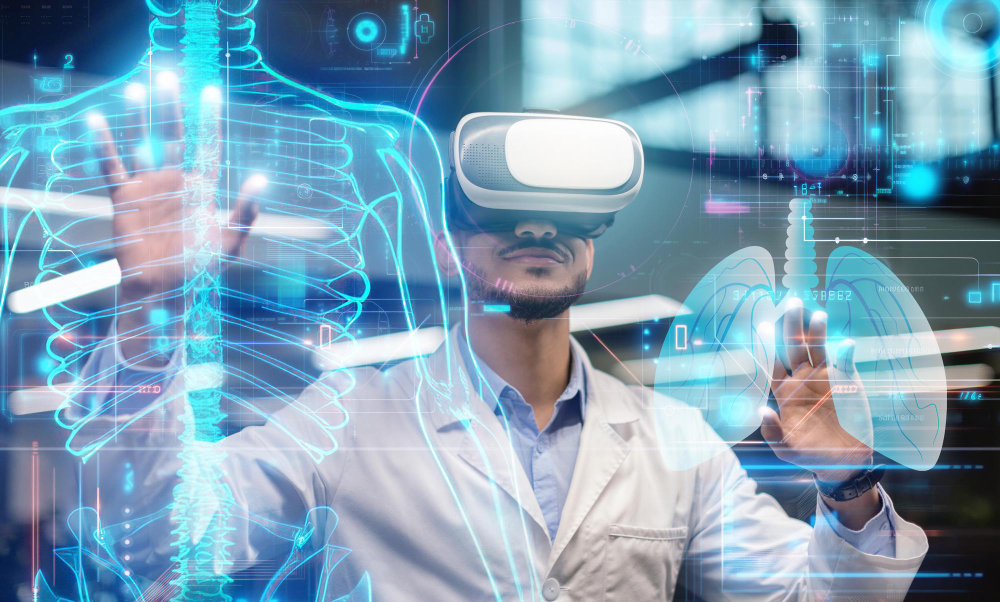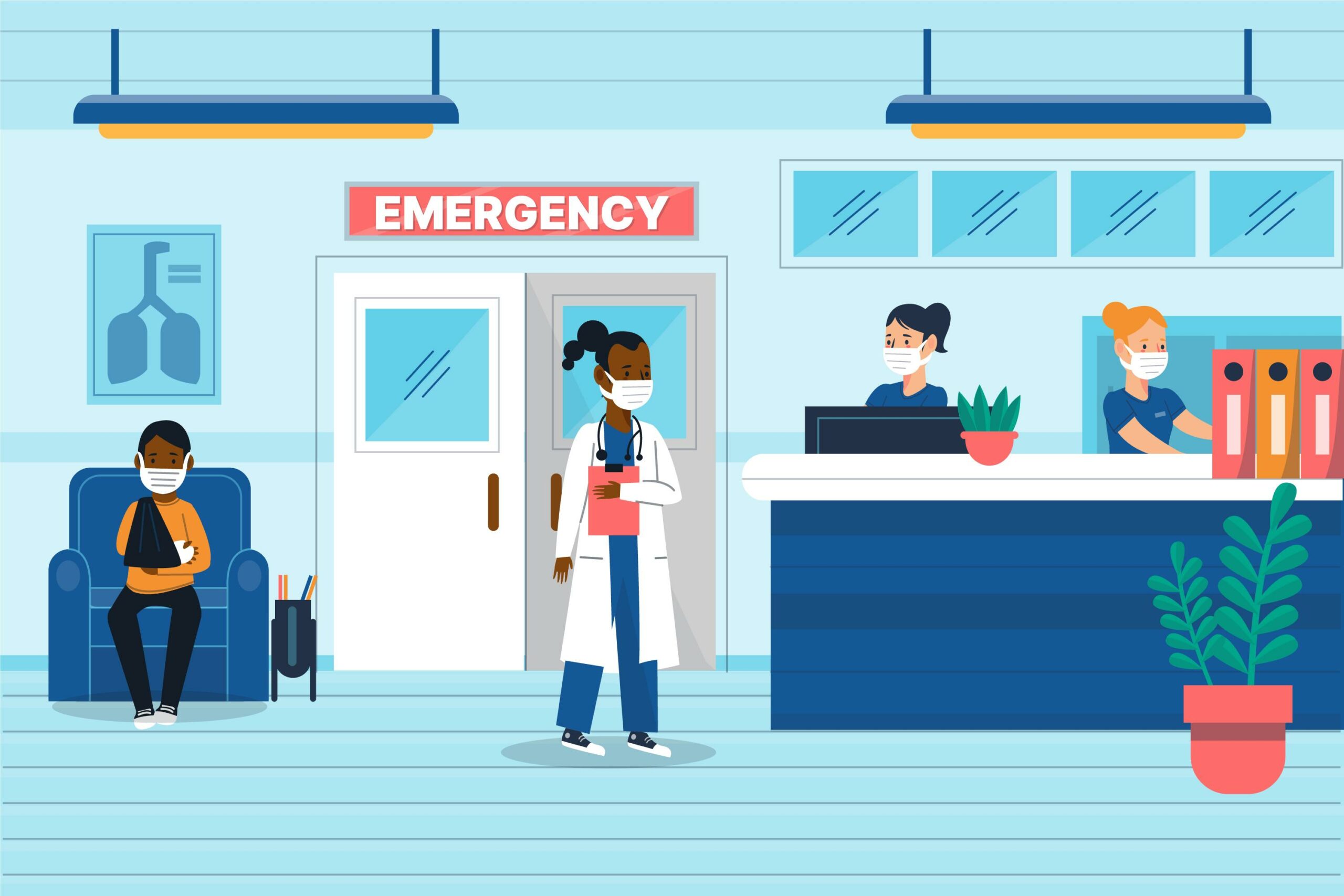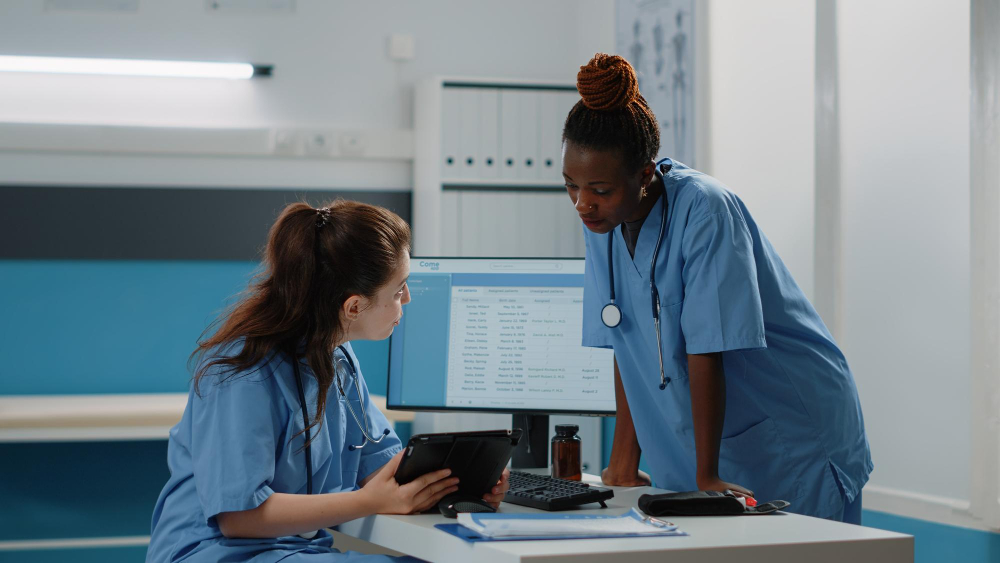Uncategorized
CategoryThe Growing Demand for Nurses: Top States in Need
The growing demand for nurses across the United States is reaching critical levels, with some states facing more severe shortages than others. This trend is driven by several factors, including an aging population, increased focus on preventative …
Stressful Nursing Careers That are Worth the Salary
Nursing is stressful. Does the profession adequately compensate the people who dedicate their lives to it? The answer to that question, of course, is subjective. Nurses do make more money than the national average. They also save lives.
It’s ha…
The Impact of New Technologies on Healthcare Training Programs
In recent years, the integration of advanced technologies into healthcare training programs has dramatically reshaped the educational landscape for future medical professionals. These technologies not only enhance learning experiences but also pre…
Innovative Healthcare Careers Sparked by Evidence-Based Practice
Healthcare is constantly evolving to keep up with the most scientifically supported approaches to achieving good patient outcomes. Evidence-based practice is a concept that fully embraces that essential healthcare truth. Every patient is an indivi…
How Will Increased Remote Work in Healthcare Impact Both Employees and Patients?
Some jobs just can’t be done from home. Teachers do their best work in classrooms surrounded by students. Salespeople continue to value the personal face-to-face relationships that fuel their success. And try ordering a cappuccino from a barista w…
Why Emergency Room Roles are in High Demand
Did you know? Healthcare is the fastest-growing field in the United States. This declaration comes to us straight from the horse’s mouth. The Bureau of Labor Statistics published findings in the summer of 2023 that indicated doctors and nurses wou…
Medical Marketing and Digital Obstacles Faced By Physicians
The mission of medicine is, of course, to help and to heal. But the practice of medicine is also an entrepreneurial endeavor. Clinics are also businesses, and to continue fulfilling the medical mission of caring for patients and families, they mus…
Shaping the Future: How to Embark on a Career as a Nursing Educator
Nurses play an important role in society, there is no question about that. They are the backbone of the medical industry, making up a significant number of the workforce responsible for the care and attention to patients. For those that have chose…
How to Take a Career Rejection and Make an Opportunity
Career rejection, a common aspect of professional life, presents unique opportunities for growth and resilience. This HealthJobsNationwide article details strategies to leverage these setbacks as constructive steps forward, promoting resilience in…
Stress, Stamina, and Service: Exploring Healthcare’s Most Demanding Jobs
Healthcare workers are some of the most commendable and hard-working professionals in modern-day society. From dealing with high-pressure situations on a daily basis to picking up the slack caused by professional shortages in the industry, these p…










